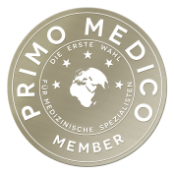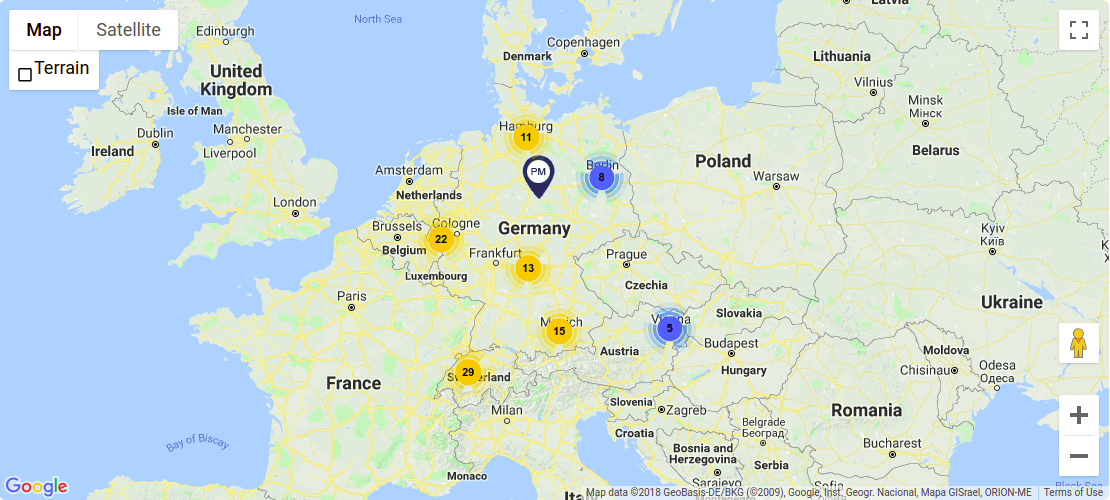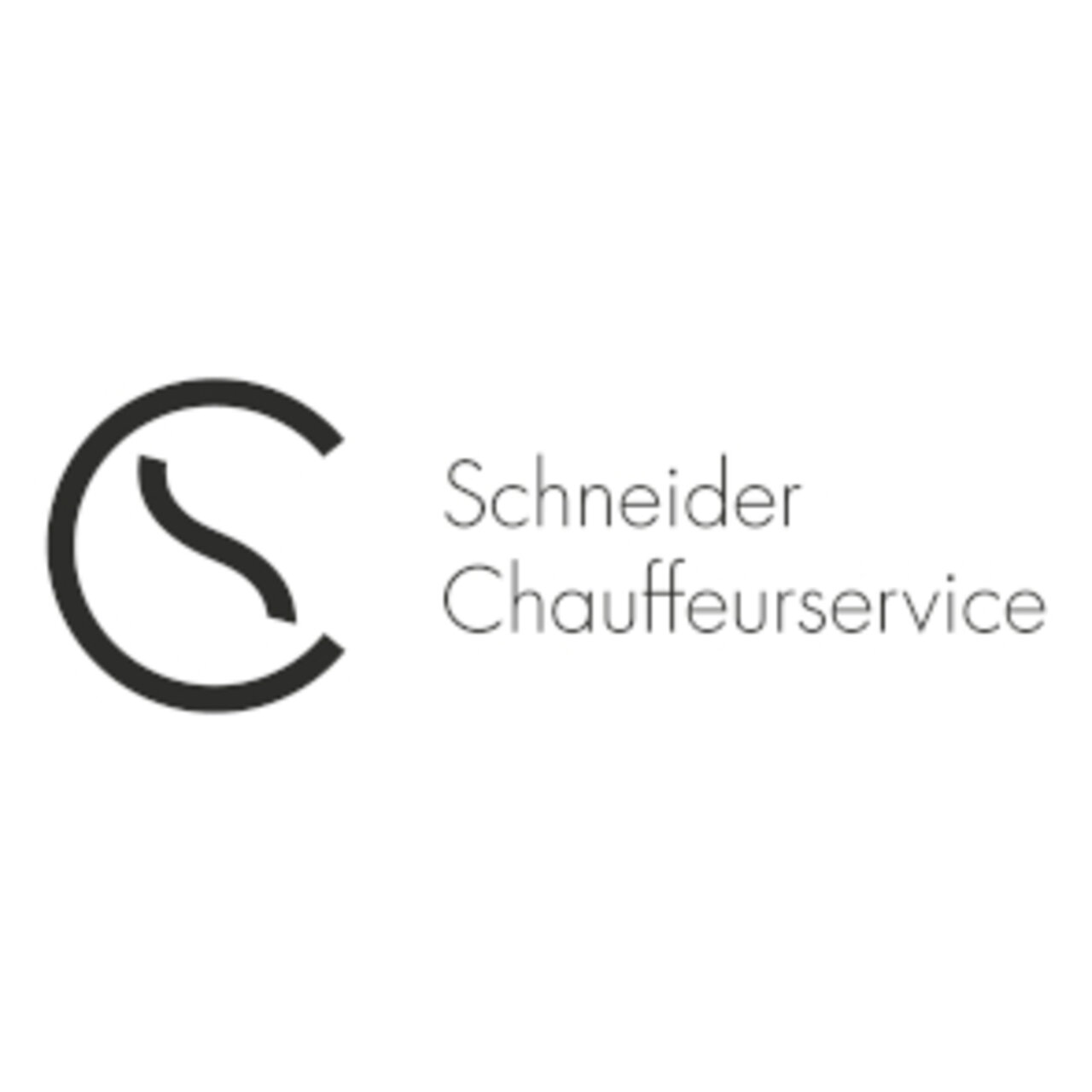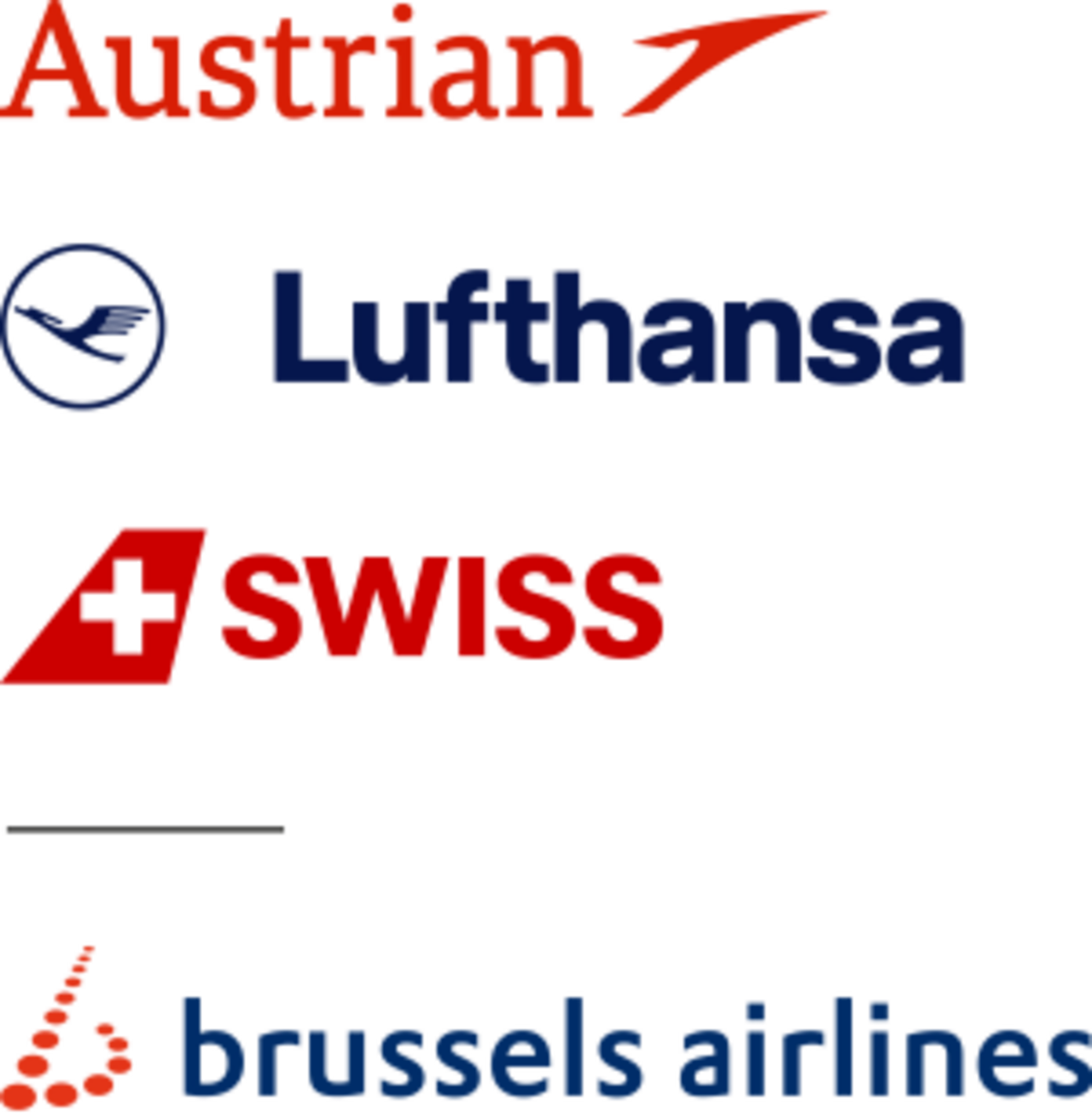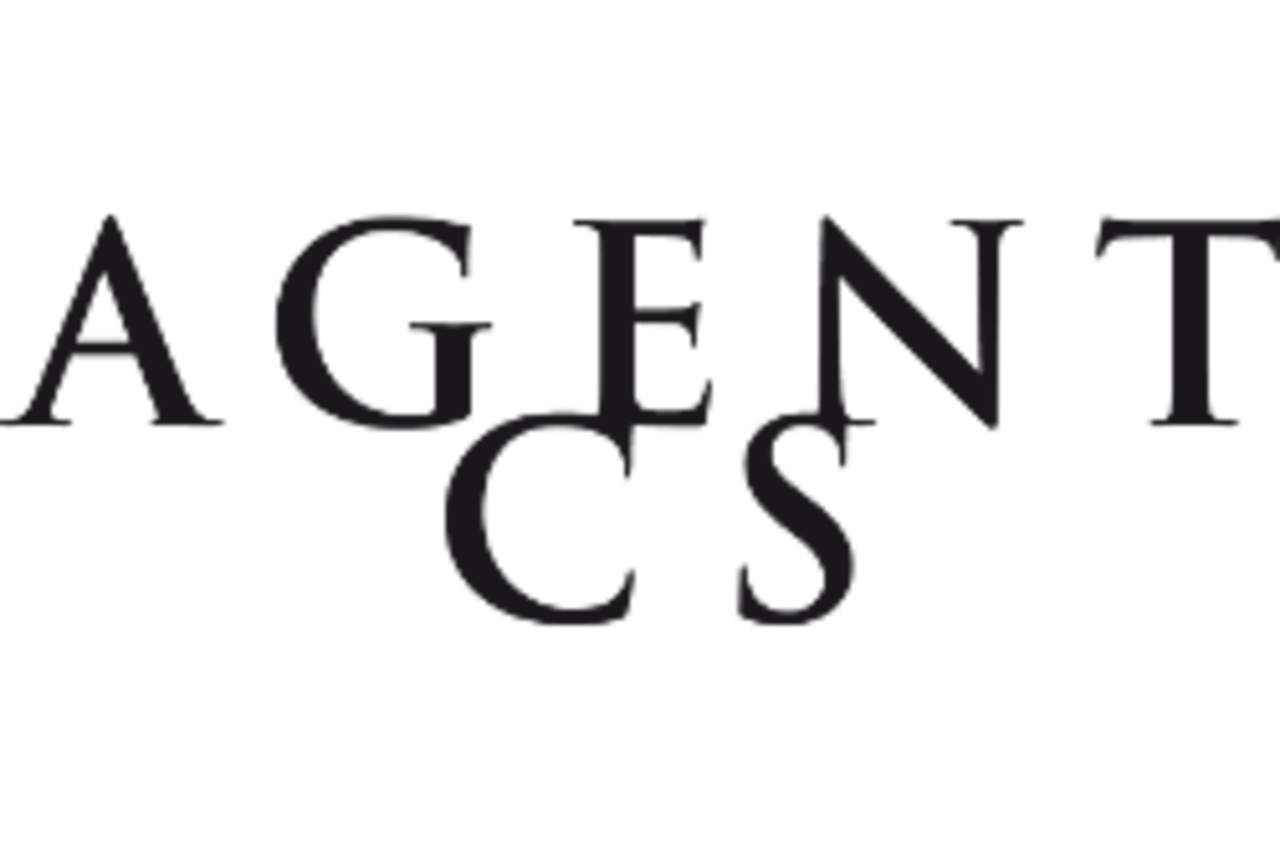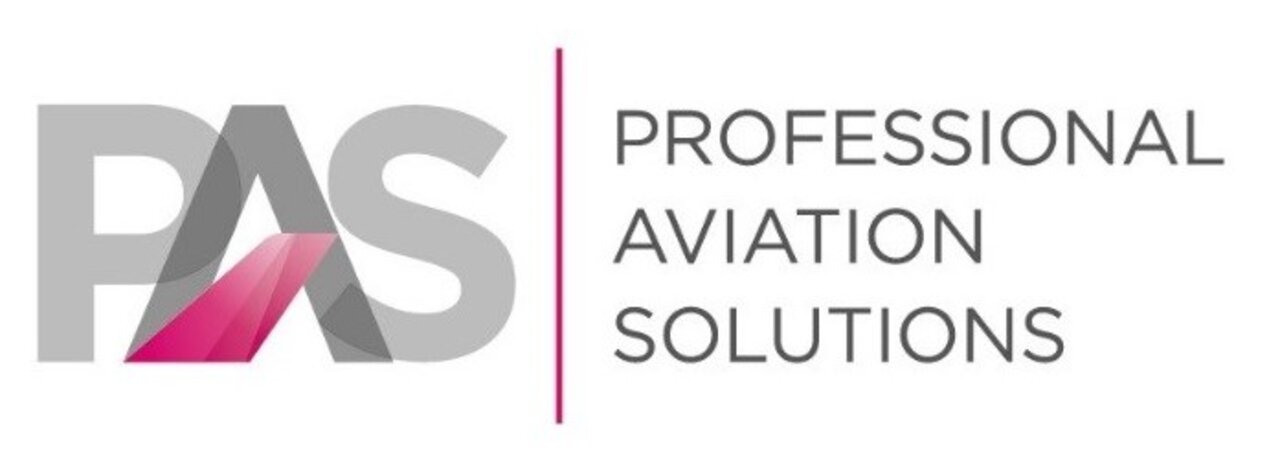Hand Surgeon Bad Homburg: Prof. Dr Dr habil. Michael Sauerbier
Treatment focus
- Nerve constriction syndromes (carpal tunnel syndrome, ulnar nerve entrapment, tarsal tunnel syndrome)
- Injuries to the hand and wrist
- Surgeries for wear and tear due to arthrosis (e.g., arthrosis of the carpometacarpal joint of the thumb)
- Disk and ligament injuries in the wrist
- Tendon sheath stenoses
- Consequences of nerve or tendon injuries
- Benign and malignant tumors of the hand (ganglia, sarcomas)
Contact
PROFESSOR SAUERBIER
Private Medical Practice for Hand and Plastic Surgery
Louisenstraße 92, D-61348 Bad Homburg v. d. Höhe
P: +49 6172 5944 112(Private patients & self-insured) F: +49 6172 3885 839
Consultation Hours:
For Private Patients and Self-Payers
Monday and Thursday
from 8:30 AM to 12:30 PM and from 2:00 PM to 4:30 PM
Wednesday
from 8:30 AM to 12:30 PM
Friday
by appointment

Medical Range
Range of Diagnostic Services
- X-ray
- Computed tomography (CT)
- Magnetic resonance imaging (MRI)
- Ultrasonography (Ultrasonic)
- Diagnostic wrist arthroscopy
Range of Therapeutic Services
- Carpal tunnel syndrome
- Scaphoid pseudarthrosis
- Scaphoid fracture
- Tendovaginosis
- Cubital tunnel syndrome
- Rhizarthrosis
- Disc injuries to the wrist
- Distal radius fracture and its long-term consequences
- Sports injuries
- Radius corrective osteotomy
- Dupuytren's contracture
- Musician's hand
- Congenital deformities
- Ganglion
- Treatment for pain and arthrosis
More Information
Card
Prof. Dr Dr habil. Michael Sauerbier is a specialist in hand surgery and works in his private practice for hand and plastic surgery.
With the most excellent medical competence, personal empathy, and care, Prof. Sauerbier, with nearly 30 years of experience, offers the entire spectrum of hand surgery using the latest microsurgical and minimally invasive surgical techniques. The patient, as a human being, is always in the foreground.
Experienced Hand Surgeon in Bad Homburg with the Greatest Expertise
During his practical training as a plastic surgeon, which Prof. Sauerbier completed at numerous locations from Hamburg to the United States to Heidelberg, he gained an excellent wealth of experience in hand surgery before finally establishing a private medical practice in Bad Homburg.
Alongside his medical activities, Prof. Sauerbier rendered outstanding services to academic research in reconstructive hand surgery and was eventually appointed professor at the universities of Heidelberg and Frankfurt.
Prof. Sauerbier will be the President of the German Society for Hand Surgery (DGH) starting in the fall of 2024.
Treatment of Carpal Tunnel Syndrome: Surgery and Conservative Therapy
The carpal tunnel is the bony canal on the inside of the wrist. In addition to the tendons that run from the finger flexors on the forearm to the individual fingers, the canal also contains the median nerve, which splits into its terminal branches after exiting the carpal tunnel on the palm of the hand. If this nerve is additionally compressed in the constricted course of the bony canal due to fractures, swelling, weight gain, or as a result of chronic overuse, pressure damage to the nerve can occur. This is primarily noticeable through nightly pain and tingling paraesthesia, mainly in the thumb, index, middle, and ring finger areas. The little finger is not affected by damage to the median nerve due to its nerve supply by the ulnar nerve. However, over time, chronic damage to the nerve also leads to paralysis and degeneration of the affected muscles in the supply area.
To manage the symptoms, a conservative treatment strategy is sometimes pursued. By wearing a wrist splint at night and, if necessary, the local injection of cortisone preparations, the spasm can recede so that the now relieved nerve can regenerate.
Conservative therapy often does not have the intended long-term success, so surgical splitting of the flexor retinaculum (carpal ligament) is advisable to stop nerve damage. This rough ligament covers the carpal tunnel towards the palm and is divided in an outpatient setting. This can be done either by open surgery or endoscopically. This 15-minute surgery is typically carried out under local or so-called plexus anesthesia (arm anesthesia), so general anesthesia is usually not required.
Modern Hand Surgery in Hesse: Diagnosis & Therapy for Tarsal Tunnel Syndrome and Ulnar Nerve Entrapment
Tarsal tunnel syndrome is comparable to carpal tunnel syndrome. The tibial nerve is constricted in its narrow anatomical point at the ankle joint in this clinical picture. It often develops after injuries to the ankle joint. Initially, the patients suffer from sensory disturbances on the inner side and the sole of the foot. Conservative therapy using shoe insoles can be carried out, or surgical splitting of the tarsal tunnel can be considered to prevent paralysis of the affected muscles.
Ulnar nerve entrapment is also a nerve entrapment syndrome. In this case, the ulnar nerve is compressed in its course around the elbow. Symptoms occur in the area of the little finger. Often, there are sensory disturbances and later paralysis of the hand muscles in the ball of the little finger. Surgical nerve relief in the elbow area should be performed if the symptoms have persisted for a long time.
Decades of Experience in the Diagnosis & Treatment of Hand and Wrist Injuries
Professor Sauerbier looks back on three decades of experience treating top athletes, musicians, and accident victims. First, in close cooperation with radiology specialists, an initial presumptive diagnosis can be confirmed using high-resolution MRI and CT scans. Then, together with the affected person, an individual therapy regimen is developed, consisting of conservative therapy and hand surgery intervention, depending on the injury pattern and athletic requirements. Even after surgery, Professor Sauerbier recommends early rehabilitation measures to minimize wear and tear and the consequences of the injury.
Specialist in Surgery for Trigger Finger and Thumb
Tendovaginosis, also known as trigger finger, is caused by a mismatch between the diameter of the flexor tendons of the fingers and tendon sheaths in their bony canals on the palm. As a result, patients experience painful tendon constriction due to tenosynovitis, as the finger tendons no longer glide smoothly in their canalized guides during flexion but stall, and the affected finger only suddenly advances when a greater force is applied.
Since the symptoms often recur with conservative therapy involving the injection of cortisone, surgery is often unavoidable to eliminate the symptoms in the long term. First, the annular ligament of the affected finger is cut through a tiny incision so that the tendon can glide smoothly in its guide splint again.
State-of-the-Art Therapy for Arthrosis in the Fingers and Hands
Rhizarthrosis in the carpometacarpal joint of the thumb frequently affects women after menopause. If intensive administration of painkillers and immobilization with thumb splinting do not bring the desired success, surgical intervention is advisable. Various methods are now available, depending on the stage. For example, the inflammatory process can be removed from the joint, malpositioning of the bones can be corrected, or the nerve supply to the joint space can be deactivated, so pain sensation is no longer transmitted.
Ganglion of the Hand - Routine Surgery in Bad Homburg, Germany
Ganglions are benign tumors often accompanied by a mass in the hand. In addition to aesthetic problems, they can cause pain in pinched nerves, vessels, or other structures due to displacing growth. Since conservative therapy of squeezing rarely promises lasting success, surgical removal with the ganglion pedicle is advisable. This procedure is usually performed on an outpatient basis.
Please, visit Prof Sauerbier's website and the website of the Carpal Tunnel Syndrome Competence Center for further information.
Curriculum Vitae
| 2024/2025 | President of the German Society for Hand Surgery (DGH) |
| 2023/2024 | President-Elect of the German Society for Hand Surgery (DGH) |
| 2020 | Foundation of the Private Practice PROFESSOR SAUERBIER for Hand- und Plastic Surgery, Bad Homburg v. d. Höhe with Inpatient Beds in the ETHIANUM Klinik Heidelberg and Hochtaunus-Kliniken Bad Homburg v. d. Höhe and Usingen |
| 2019 – 2020 | Vice President of the German Society for Plastic, Reconstructive and Esthetic Surgery (DGPRÄC) |
| 2017 – 2019 | Secretary of the German Society for Plastic, Reconstructive, and Esthetic Surgery (DGPRÄC) |
| As of May 2013 | Head Physician, Department of Plastic, Hand, and Reconstructive Surgery at the Berufsgenossenschaftliche Trauma Hospital Frankfurt am Main |
| 2011 | Nomination as Adjunct Professor of the Goethe University Frankfurt am Main |
| 2008 | "Godina-Award Winner "(Godina Traveling Fellow) of the American Society for Reconstructive Microsurgery (ASRM) |
| As of September 2007 | Head Physician, Department for Plastic, Hand- and Reconstructive Surgery, Hospitals of the Main-Taunus-Kreises GmbH, Bad Soden am Taunus; Academic Teaching Hospital of the Johann Wolfgang Goethe-University Frankfurt am Main |
| 2005 | Nomination as Adjunct Professor of the Medical Faculty of the Ruprecht-Karls-University Heidelberg |
| As of August 2003 | Senior Physician in Charge, Department of Hand, Plastic and Reconstructive Surgery - Severe Burn Injury Center - of the Berufsgenossenschaftliche Trauma Hospital Ludwigshafen/University of Heidelberg |
| 2003 | Additional Title Hand Surgery |
| 2003 | Habilitation in Plastic Surgery at the Medical Faculty of the Ruprecht-Karls-University of Heidelberg and Nomination as Associate Professor |
| July 1999 – September 2000 | Research Fellow an der Mayo Clinic, Rochester, MN, USA, Orthopedic Biomechanics Laboratory, Division of Hand Surgery (Prof. Dr K.-N. An, Prof. Dr R. A. Berger, Prof. Dr A. T. Bishop, Prof. Dr W. P. Cooney) |
| As of November 2000 | Senior Physician, Department of Hand, Plastic and Reconstructive Surgery - Severe Burn Injury Center, Plastic and Hand Surgery of the University of Heidelberg of the Berufsgenossenschaftliche Trauma Hospital Ludwigshafen (Head Physician: Univ.-Prof. Dr G. Germann), Specialist in Plastic Surgery |
| As of October 1995 | Assistant Physician, Department of Hand, Plastic and Reconstructive Surgery - Severe Burn Injury Center, Plastic and Hand Surgery of the University of Heidelberg of the Berufsgenossenschaftliche Trauma Hospital Ludwigshafen (Head Physician: Univ.-Prof. Dr G. Germann) |
| 1995 | Doctorate at the Julius Maximilians Universität Würzburg |
| As of 1 June 1995 | Assistant Physician, Department of Hand Surgery in Bad Neustadt/Saale (Head Physician and Medical Director: Prof. Dr U. Lanz) |
| As of December 1993 | First Year Assistant Physician, Department for Hand Surgery in Bad Neustadt/Saale |
| October 1985 – November 1993 | Medical Studies in Hamburg and Würzburg, Practical Year at the University Hospital Zurich (Switzerland) and Massachusetts General Hospital in Boston, MS, Harvard Medical School (USA) |
Extras
- Electro- and ultrasound therapy (PhySys, Zimmer MedizinSysteme GmbH)
- High energy induction therapy (emFieldPro, Zimmer MedizinSysteme GmbH)
Transport Connections
| Bad Homburg Train Station | 0.5 km |
| Frankfurt/Main Main Station | 22 km |
| Frankfurt/Main Airport | 26 km |
Information about Bad Homburg v. d. Höhe
Bad Homburg vor der Höhe is a prosperous spa town in Hesse, known for its healing thermal springs, spa gardens and casino, which was once favoured by Kaiser Wilhelm II. The town combines historical charm with a modern lifestyle and offers sights such as the Landgrave's Castle with its striking White Tower. Thanks to its proximity to Frankfurt am Main, Bad Homburg is also an attractive residential and business location.


